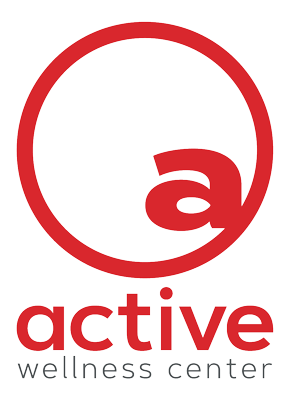Cardio Zones: How Knowing Them Can Boost Your Productivity at the Club
by Sergio Landeros, Personal Trainer, Active Wellness Center at Reed’s Crossing (Hillsboro, OR)
Heart rate training is a great way to monitor your intensity and ensure that you are getting the most out of your workouts. Here are some tips when it comes to heart rate training:
- Find your maximum heart rate. This is the highest number of beats per minute that your heart can safely reach. You can estimate your maximum heart rate by subtracting your age from 220. However, it is more accurate to have it tested by a doctor or fitness professional.
- Calculate your heart rate zones. Once you know your maximum heart rate, you can calculate your heart rate zones. These zones represent different levels of intensity, from very light to very hard. You can use a heart rate monitor like the Myzone Switch™ to track your heart rate and stay within the desired zone.
Here is a general guide to heart rate zones:
- Zone 1 (50-60% of maximum heart rate): Very light activity, such as walking or stretching.
- Zone 2 (60-70% of maximum heart rate): Light activity, such as jogging or biking.
- Zone 3 (70-80% of maximum heart rate): Moderate activity, such as running or swimming.
- Zone 4 (80-90% of maximum heart rate): Hard activity, such as sprinting or HIIT training.
- Zone 5 (90-100% of maximum heart rate): Very hard activity, such as all-out sprinting.
- Use heart rate training to improve your fitness. Once you know your heart rate zones, you can use them to design workouts that are tailored to your individual goals. For example, if you are trying to improve your aerobic fitness, you should spend most of your workout time in zones 2 and 3. If you are trying to improve your speed or endurance, you should incorporate some time in zones 4 and 5 into your workouts.
- Listen to your body. Heart rate training is a great tool, but it is important to listen to your body and adjust your workouts accordingly. If you are feeling tired or dizzy, take a break. And if you are feeling great, you can push yourself a little harder.
Here are some additional tips for using heart rate training:
- Start slowly and gradually increase the intensity of your workouts over time.
- Warm up before each workout by gradually increasing your heart rate for 5-10 minutes.
- Cool down after each workout by gradually decreasing your heart rate for 5-10 minutes.
- Track your progress over time to see how your fitness is improving.
Heart rate training is a great way to improve your fitness and reach your fitness goals. By following these tips, you can use heart rate training to get the most out of your workouts.
Check out a Myzone Switch this month and see how it can help you train with more purpose.

